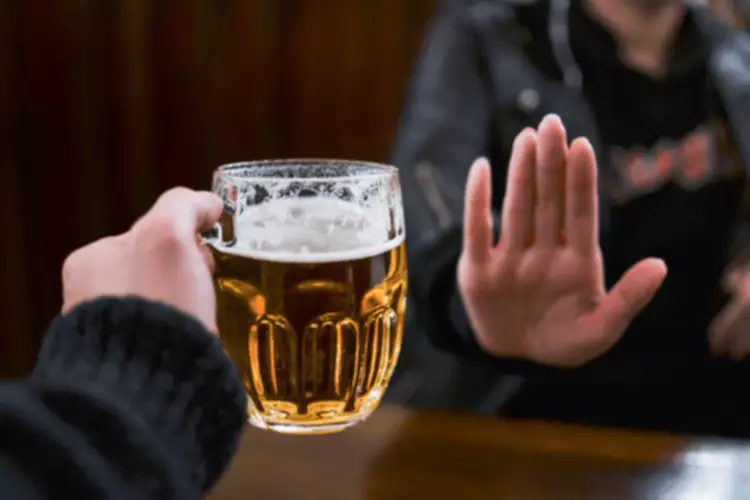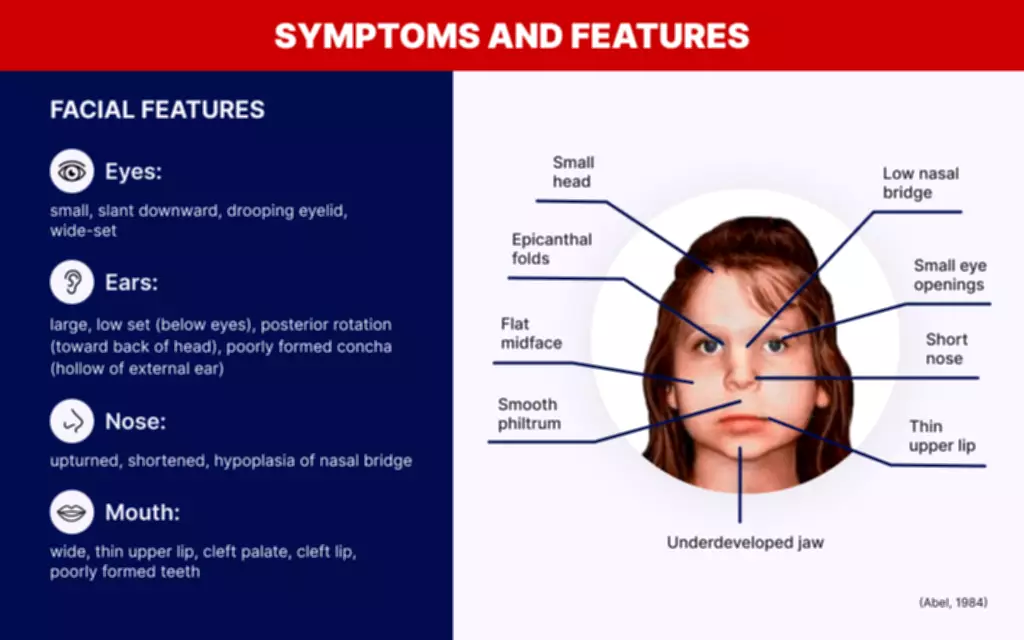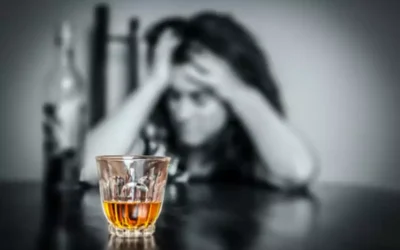Loved ones can provide immeasurable support, but they almost take care of themselves throughout an often difficult journey. There are many organized programs that provide the support of peers, usually through frequent meetings. Alcoholics Anonymous is one example; it offers a structured 12-step path toward recovery with a community of support from those who have dealt with similar challenges. Alcohol use disorder affects millions of people, but it often goes undetected. Substance use frequently co-occurs with mental illness, but some research suggests that psychiatrists only treat addiction for around half of the patients who have both mental illness and substance use problems. For more information on symptoms, causes, and treatment of alcohol use disorder see our Diagnosis Dictionary.

Overview of Alcohol Consumption
- The groups for family and friends listed below may be a good starting point.
- Study participants were asked to report on how many days out of the past 30 they had consumed an alcoholic beverage including beer, wine, wine coolers, and liquor.
- While some research suggests that small amounts of alcohol may have beneficial cardiovascular effects, there is widespread agreement that heavier drinking can lead to health problems.
- Overcoming alcohol use disorder is an ongoing process, one which can include setbacks.
- According to the National Institute on Alcohol Abuse and Alcoholism, women shouldn’t drink more than one drink per day, and men shouldn’t drink more than two drinks per day.
But treatment and support are available to help those suffering begin to heal. Mutual-support groups provide peer support for stopping or reducing drinking. Group meetings are available in most communities at low or no cost, and at convenient times and locations—including an increasing presence online. This means they can be especially helpful to individuals at risk for relapse to drinking. Combined with medications and behavioral treatment provided by health care professionals, mutual-support groups can offer a valuable added layer of support. Genetic, psychological, social and environmental factors can impact how drinking alcohol affects your body and behavior.
Alcoholics Anonymous most effective path to alcohol abstinence – Stanford Medical Center Report
Alcoholics Anonymous most effective path to alcohol abstinence.
Posted: Wed, 11 Mar 2020 07:00:00 GMT [source]
What is considered 1 drink?

In the brain, levels of the neurotransmitter dopamine rise after consuming alcohol. These heightened dopamine levels may make the drinking experience more gratifying. They spend a lot of time thinking about alcohol and cannot control how much they consume, even if it is causing serious problems financially and at home or work. The pathway to healing and recovery is often a process that occurs over many years. Addiction not only involves the individual suffering, but their partner, their family, and their friends as well.

Study finds widespread ‘cell cannibalism,’ related phenomena across tree of life
A health professional can conduct a formal assessment of your symptoms to see if AUD is present. For an online assessment of your drinking pattern, go to RethinkingDrinking.niaaa.nih.gov. Alcohol use disorder (AUD) is a medical condition that doctors diagnose when a patient’s drinking causes distress or harm. The condition can range from mild to severe and is diagnosed when a patient answers “yes” to two or more of the following questions.
Living with Someone with Alcohol Addiction: How to Support Them — and Yourself
This is well over the amount of alcohol thought to produce legal intoxication, commonly defined as a blood alcohol concentration over 0.08%– on average, four drinks in two hours for women, five drinks in two hours for men. Thirty-five-minute telephone interviews were conducted with 781 Michigan residents who had consumed alcohol in the past 30 days. In order to examine ethnic differences in predictors of alcohol consumption, the https://ecosoberhouse.com/ sample was restricted to White and Black individuals, and Blacks were oversampled. Study participants ranged in age from 21 (the minimum legal drinking age in Michigan) to 86 years, with a median age of 37 years. Thirty-three percent of study participants resided in a city, 14% lived in a suburb, 18% lived in a town, and 35% lived in a rural area. Eighty-seven percent of study participants had at least a high school education.
What are the symptoms of alcoholism?
The first two are considered negative drinking motives and relate to winding down—using alcohol to “deal with it,” whatever “it” is for you. The latter two are referred to as positive drinking motives and relate to winding up—using alcohol for fun. If you’re diagnosed with nightmare disorder, your provider may recommend something called imagery rehearsal therapy (IRT), a type of therapy that examines the common themes of your nightmares. If you have trouble getting enough sleep because of insomnia — whether because you can’t fall asleep or because you can’t stay asleep — your healthcare provider may want to run a sleep study to help get to the bottom of the issue. Drugs, alcohol and caffeine can all cause nightmares, as can withdrawal (the effects of quitting) from these substances. Kimberly Goad is a New York-based journalist who has covered health for some of the nation’s top consumer publications.
Understanding Alcohol Use Disorder
Combined with treatment led by health professionals, mutual-support groups can offer a valuable added layer of support. But my inner pessimist sees alcohol use continuing in its pandemic vein, more about coping than conviviality. Not all social drinking is good, of course; maybe some of it should wane, why are people alcoholics too (for example, some employers have recently banned alcohol from work events because of concerns about its role in unwanted sexual advances and worse). And yet, if we use alcohol more and more as a private drug, we’ll enjoy fewer of its social benefits, and get a bigger helping of its harms.
- The effects of sleep deprivation are real, and nightmares are just a small piece of the puzzle.
- They’re cultivated over time through observations and external influences.
- To do that, they can set boundaries around their emotional, physical, and financial relationship, for example that the house will remain an alcohol-free zone.
- Individuals who experience trauma, or who are more prone to depression or anxiety, are more likely to report drinking to cope.
- Other studies have found women reporting more coping motives than men (Hill & Burgen, 1979), while other authors have reported no gender differences (Edwards, Hensman, & Peto, 1973).
National Institute on Alcohol Abuse and Alcoholism (NIAAA)
Summer is a season of sunny days, vacations, and outdoor activities, such as backyard gatherings, swimming, and hiking. Summer activities and events may involve alcohol, so it’s important to understand the risks. But if your nightmares are getting in the way of your ability to enjoy your life, a healthcare provider can help get you on the right track. But how frazzled you feel during the day can inform the film that plays out in your mind overnight, so learning to cope with stress can go a long way toward keeping nightmares at bay. These aren’t the only medications that can cause nightmares, and not everyone who takes these medications will have nightmares.

Cevap bırakın